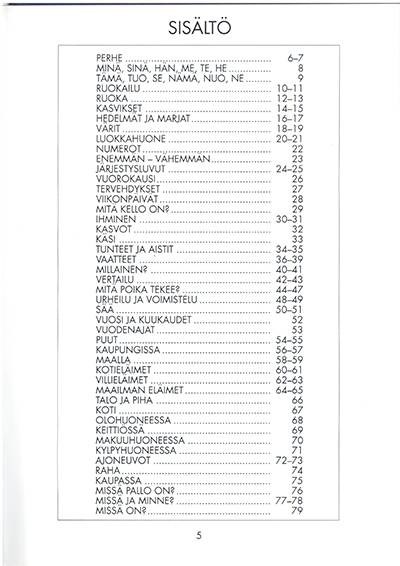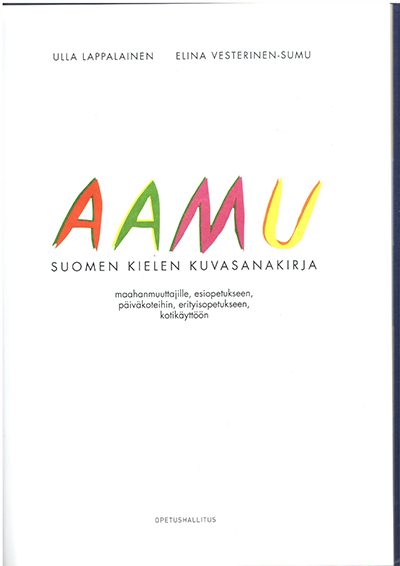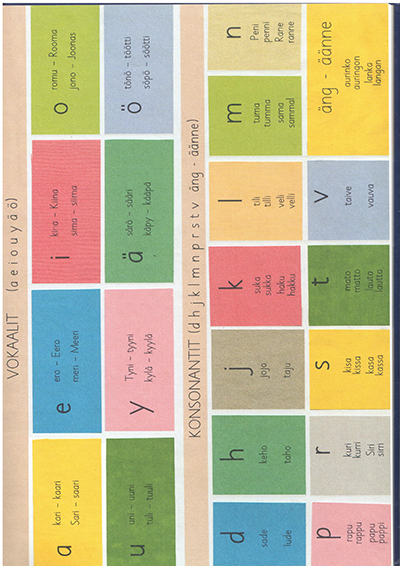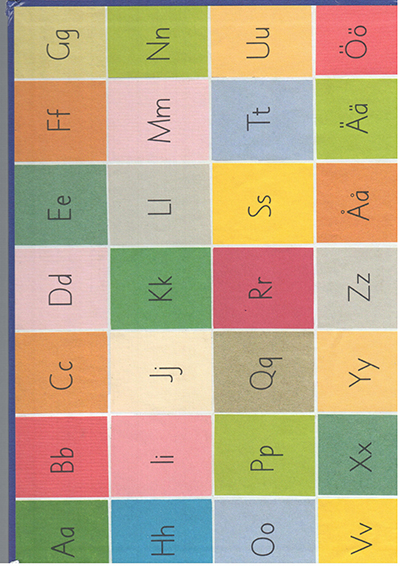| Sorted by date | |||
page172from Building Ideasour social behavior, and particularly the way psychoanalysis has been taken up in a political context. While the two fields seem separate when briefly summarized in this way, the underlying themes that could be said to link them should become apparent on closer study. A major theme in the traditional debate over the relationship between architecture and society is the political potential of art in general as a means of critique or social comment. As we saw in Part 1, the view of architecture as a creative art could be seen s as an implied critique of technological determinism – a protest at the reduction of architecture to the impoverished practice of “shelter-engineering”. In a more specifically political sense this chapter will consider the status of architecture in society in relation to the dominant political paradigm of the Western capitalist liberal democracy. Under the present system a great deal of political power seems to lie with the vast multinational corporations, as they threaten to engulf the world with a “culture” of blandness and uniformity. Companies like the Disney Corporation, Coca Cola and Sky TV are fast becoming the great new world powers, as they expand their influence across the globe and threaten the survival of local cultures. In this context, social responsibility usually involves resistance to these globalizing forces, although all varieties of ideological “distortion” are seen as targets for the political artist.
From Marx to Marxism The school of thought that today believes in the critical capacity of the work of art – for exposing the underlying structures of political control and economic power – still for the most part draws its theoretical model from the work of Karl Marx, in addition to its various reworkings by his more recent interpreters. The key issue is the idea of architecture as a mode of “resistance” and transformation, with the power to effect change through its direct impact on the environment. As Marx pointed out, in one of his earliest writing: “ Philosophers have only interpreted the world, in various ways; the point, however, is to
|
|||
|
|||
|
|
|||
page171from Building Ideas5
Politics and Architecture The Marxist Tradition
As we saw in Chapter 4 the inspiration for
the structuralist method was the search for the deeper forces that affect our
understanding. According to Lévi-Strauss, the great propagandist of structuralist ideas, his
particular motivation grew from three distinctly different sources – the
disciplines of geology, Marxism and psychoanalysis. The common thread linking
all three is the fundamental principle that what appears on the surface is
controlled by deeper forces from within. In this chapter the latter two fields
will be discussed in relation to architecture, and the connections with
structuralist thinking will become significant in several ways. Three important
thinkers in the philosophical development of the twentieth century have all
worked with structuralist principles in their own particular disciplines: Louis
Althusser on the structures of ideology, Jacques Lacan on the structures of the
unconscious and Michel Foucalt on the structures of power. All three
philosophers were born in France and all three died in the 1980s.
To
appreciate further the significance of these connections between disciplines,
it will be important to understand the broader background to these issues;
firstly, the question of politics and its underlying influence on architectural
theory, for which we will have to look back to the philosophical “revolution”
of the nineteenth century; and secondly, the notion of the unconscious and its
unseen influence on
|
|||
|
|||
|
|
|||
page168from Building Ideas
and,
with that, the bracketing off of the individual subject, in favour of a notion
of an intersubjective architectural system of signification that, like
language, pre-dates any individual and is much less his or her product than he
or she is the product of it.25
Hence
the difficulty for the outsider in interpreting Eisenman’s code, as the
language is inevitably internal to the discipline. By the same token, as the
philosopher Andrew Benjamin has pointed out,26 this notion of pre-existing “impersonal”
structures is a key component of the idea of tradition. By actively engaging
with the very history of the discipline at this deeper and most universal of
levels, Eisenman is potentially producing a more meaningful kind of discourse,
based as it is on architecture’s fundamental components.
It
is here where prostructuralism, in its reassessment of these ideas, intersects
with deconstruction in terms of its engagement with tradition. As Eisenman’s
architecture begins to show, in its abstract formal language, there is still much
to be gained from an understanding of “deep structures” of form. This theme of
underlying forces and how they influene our understanding will resurface again
in Chapter 5 and this book’s conclusion – firstly as a component of the political
analysis of buildings and finally as part of the general field of
interpretation.
Suggestions for further reading
|
|||
|
|||
|
|
|||
page167from Building Ideas
at New Harmony and the High Museum in
Atlanta. While these later works dealt with movement and the idea of the “architectural
promenade” they held back from a truly rigorous engagement with the disciplines
of syntactic structures. Eisenman, on the other hand, makes explicit use of
these ideas, such as in the complex formal systems and transformations in “House
VI”. The basic principle in Eisenman’s work is similar to that seen with
Hertzberger, where the meaning of the form is initially somewhat arbitrary, but
while in Hertzberger’s case significance arises out of use-patterns, in
Eisenman’s work it is even more elusive. Where “meaning follows function” in
Hertzberger’s buildings, “function follows form” with Eisenman. As he writes of
it himself in describing “House I” in the essay included in the book Fiver
Architects: House I posits one alternative to existing conceptions of spatial organization. Here there was an attempt, first, to find ways in which form and space could be structured so that they produce a set of formal relationships which is the result of the inherent logic of the forms themselves, and, second, to control precisely the logical relationships of those forms.24
He
goes on to discuss the distinction in architecture between the real structure
of the building and the implied structure of form – the latter providing a
potentially “deep-structural” system which he claims might provide new
potential to receive meanings.
Throughout
these early projects he considers architecture an autonomous discipline and
explores the code by which forms are combined. This syntax then generates a
series of transformations which forms a system of compositional principles. As
one critic wrote in describing this process:
Eisenman’s
early work thus incorporates two standard structuralist principles: the
bracketing off of the context both physical and historical,
|
|||
|
|||
|
|
|||
page166from Building Ideas
19 Richard Meier – High Museum of Art,
Atlanta, 1980-83: Interior circulation (Jonathan Hale)
|
|||
|
|||
|
|
 ... ...
... ... ... ...
... ... ... ...
... ... ... ...
... ... ... ...
... ... ... ...
... ... ... ...
... ... ... ...
... ... ... ...
... ... ... ...
... ... ... ...
... ... ... ...
... ... ... ...
... ... ... ...
... ... ... ...
... ...